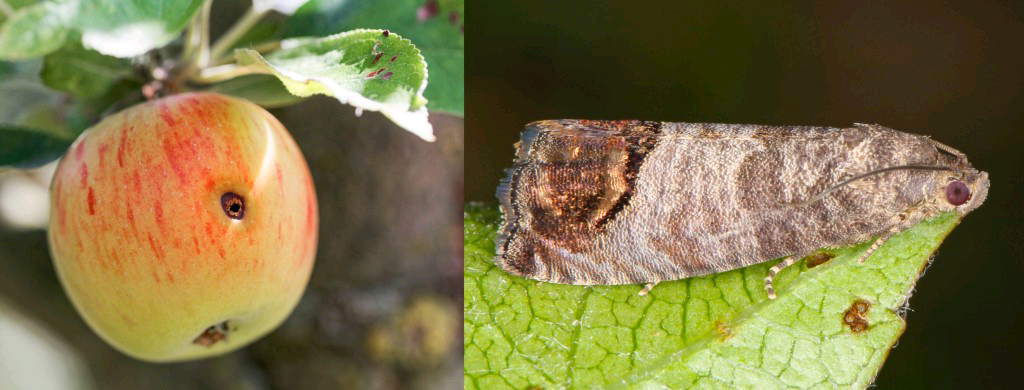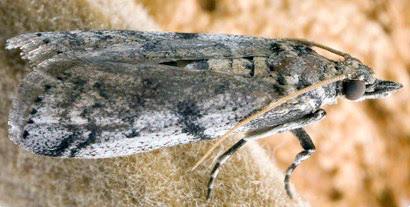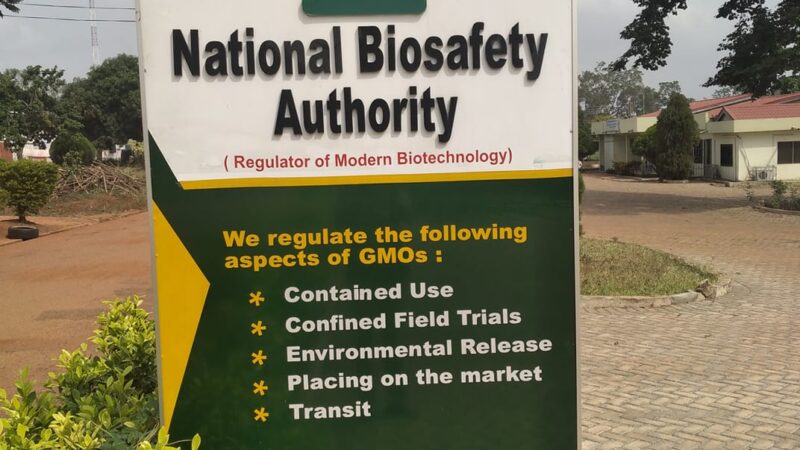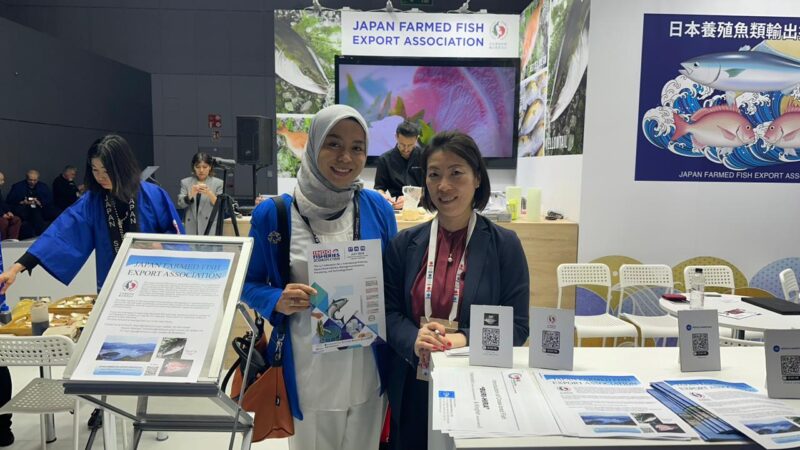
Pioneering X-Ray Sterile Insect Technique to be developed in Collaboration with Sandia National Laboratories
October 09, 2023 — M3 Agriculture Technologies, a visionary leader in sustainable agriculture solutions, is proud to announce the receipt of a $1 million grant from the National Nuclear Security Administration’s (NNSA) Office of Radiological Security (ORS). The grant is intended to drive the development of a groundbreaking X-ray based approach to Insect Pest Management, transforming the landscape of pest control in agriculture. ORS works with Sandia National Laboratories (Sandia) to identify partners that support the goal of reducing the risk of high-activity radioactive sources by transitioning from gamma irradiation to non-radioisotopic irradiation technologies. ORS also funds studies to explore using such technologies for a broad range of applications, including Sterile Insect Technique (SIT). This project was funded to examine the use of X-ray irradiation instead of gamma irradiation for SIT through the novel approach to be used by M3.
Unlike conventional methods that rely on harmful chemicals, M3 utilizes SIT, which works by releasing millions of infertile insects into targeted environments to control insect populations without impacting other beneficial species – effectively redefining the future of crop protection.
Currently, SIT relies upon radioactive sources to induce sterility in insects by targeting their bodies with gamma radiation. Through this partnership, M3 will develop X-ray based approaches to sterilize in targeted insect species. The collaboration’s focal point is to replace radioactive sources with X-ray technology, which promises enhanced safety, elimination of security risks posed by radioactive sources, and simplified deployment. This revolutionary approach will not only propel the agricultural industry towards a more sustainable future but also democratize the benefits of SIT for regions lacking the infrastructure for gamma irradiators.

According to Nathan Moses-Gonzales, M3’s Chief Executive Officer, “Invasive species are currently responsible for upwards of 40% of annual food production losses. The innovative methods developed by M3 and [supported by] Sandia will offer a sustainable and organic solution to this pressing need.”
M3 Agriculture Technologies is currently dedicated to tackling the economic threats posed by two major insect pests: the Codling Moth and the Navel Orangeworm. According to Moses-Gonzales, “Codling Moth’s devastating impact on crops such as apples and pears, coupled with Navel Orangeworm’s threat to almond and pistachio production in the US, underscores the urgency of finding innovative solutions. By transitioning from gamma radiation to X-ray based sterilization, M3 is not only ensuring a more environmentally friendly approach to invasive species but also broadening the reach of these game-changing technologies to regions with limited resources.”
M3 Agriculture Technologies, Sandia, and NNSA’s Office of Radiological Security are united in their commitment to revolutionize pest management, enhance food security, and promote sustainable agriculture practices. This collaboration promises to drive positive change on a global scale, redefining how the world produces and protects its vital food resources.
For media inquiries, please contact: Derek Bell ([email protected])
M3 Agriculture





